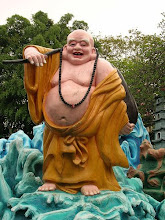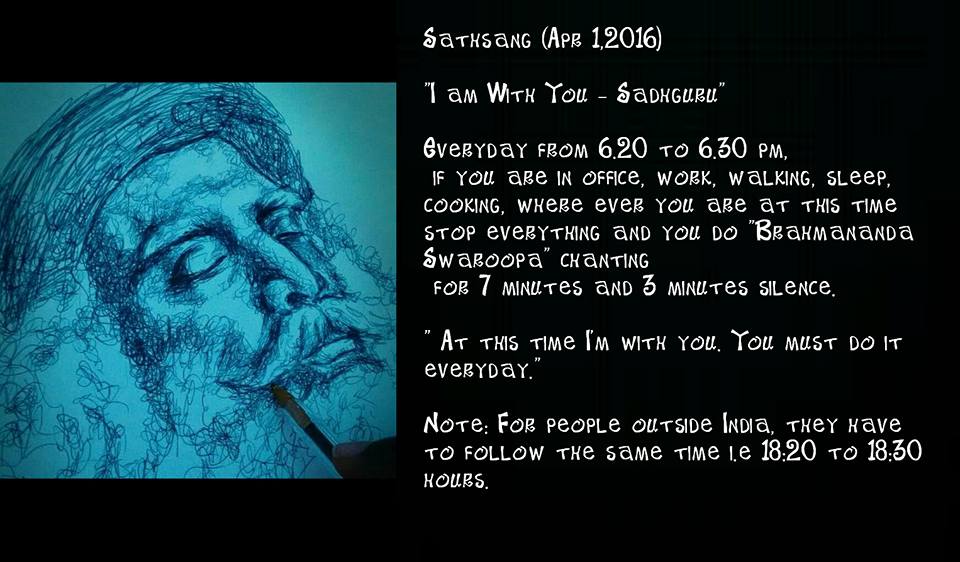Wednesday, February 22, 2012
Tuesday, February 7, 2012
The kitchen is full of symbols and rituals that shape the mind of the child.
The Talking Thali Dr Devdutt Pattanaik The best way to destroy a culture is to destroy the kitchen. For it is in the kitchen that a language is spoken that addresses the eye, the ear, the nose, the tongue and even the skin, all five senses, something that all of us are exposed to since childhood but few of us realize. By cooking Chinese food in the Chinese way,the Chinese mother makes her child Chinese. By cooking Zulu food in the Zulu way, the Zulu mother makes her child Zulu. No child is born with an understanding of culture. As the child grows up his mind is shaped by thoughts of those around. But these thoughts are not necessarily communicated through words, and certainly not the written word. What the mind receives are not instructions but patterns. And patterns have always been communicated through symbols, stories and rituals. The kitchen is full of symbols and rituals that shape the mind of the child. Change these symbols and rituals and you change the thoughts of the children and with it the culture of an entire community. It is a surprising fact that this has not been realized or noticed by child psychologists. Perhaps the humble kitchen as a place of learning seems to be farfetched for the modern mind. A traditional Indian kitchen was a sacred space. It was decorated with auspicious signs. Sometimes, it doubled up as the puja room. In many households, you are not allowed to enter the kitchen with footwear, you are expected to bathe before lighting the kitchen fire, you are not allowed to eat unless you have taken a bath – all this clearly gave the child a message, food is not just for filling the stomach, food is something special and sacred, the offerings of the yagna of life. Without food, there is no existence. Today, the kitchen is changing in character. The aim is to create a kitchen that is highly efficient and effective and sanitized to satisfy the needs of the working couple. It almost seems like a factory: a good fridge, a good dishwasher, pressure cooker, gadgets to mix and grate and pound and mince, microwaves to quickly heat food. It is clean and quick, everything wrapped in foil and plastic, no stains, no smells, no vapors. What is the message? Cooking is a chore, an industrial activity, food is merely nourishment for the body, of functional value primarily. What changed the kitchen from temple to factory? Is it the rise of secularism that saw food scientifically and rejected all sacred notions as silly superstition? Is it the rise of feminism, the Western variety, which saw the kitchen as a prison created by men for women? Kitchen duties, once the soul of the household, became a burden. There is a desperate need for quick solutions – easy to cook food, readymade food, outsourced food, food cooked by a cook, to liberate the lady of the household. Food ordered from outside has become more exciting than boring daily kitchen fare. The message: everything can be outsourced, everything can be industrialized, even the hearth. It is in the kitchen that the Indian child learns the concept of ‘jhoota’ of pollution; how food that has been tasted by someone else spoils the food. One never tastes food while cooking and one never offers tasted food to the gods. Eating ‘jhoota’ food is a sign of love and subservience; we eat the ‘jhoota’ of gods and elders. In a Chinese kitchen, the child learnt how using chopsticks is the sign of civilization; only barbarians used hands, knives and forks. They learnt how a good cook always cuts food in tiny pieces so that they are chopstick-friendly. In a Roman kitchen, the child learnt that it was a luxury to be eat food while lying down. In India, eating while lying down was akin to show disrespect to food. In the Indian kitchen, the child learnt to value approximation over exactness. Cooks never measured the quantity of salt to be added; it was all by judgment, salt to taste. Recipes were never written down but passed down through apprenticeship. One figured out proportion visually, by seeing the amount of food before, and through smell, never taste. Cooking therefore had to be creative, demanding opening up of other senses, beyond the taste buds. The cook was expected to rely on his eyes and ears and finger tips and nose, anything but the mouth. The absence of recipes indicated to the child that life was not about formulas. You had to work with what you had and be creative at it. It also meant that wisdom could not be stored outside human beings, in documents. The dish had no independent existence outside the cook. When the mother died, the particular taste of her dal went with her. The masala box is a powerful tool to explain adjustments and accommodation. Every masala box had the same ingredients – but the proportions used by different cooks created different flavors. Bad food could be made good by adding another spice. Thus everything could be managed, with a little bit of creativity. With readymade masala packets coming in, the tastes are getting increasingly standardized, a sign of what may be called Westernization. In most parts of the world, people sat around the hearth and ate around it. In deserts, meat cooked over the fire was cut and served on flat bread. In cold climates, a pot hung over the hearth around which the family gathered. Whatever was caught and collected during the day was put in the pot – thus was born the soup and the broth, to be eaten with bread. In Islamic countries, food was served on a single dish to evoke equality and brotherhood. In Punjab, the notion of a collective oven to make bread created the romantic notion of ‘sanjha choolah’ where women gathered to gossip and bake bread at dusk just as they gathered around the well at dawn. In China, eating together with all dishes placed in the center, was a sign of unity. In Europe, food was served initially in the centre of the table and you ate what you could reach or was passed on to you by your neighbor – the precursor of buffet food, where each one is for himself, though everyone has access to bounty. Later, as manpower was increasingly available in rich households, food started being served by servants. In the 16th century, eating with forks and knives gained popularity; before that,all was finger food. How you ate food and your understanding of subtle flavors and aromas became a measure of your aristocracy. In India, food was always served on a thali, either made of leaves (organic hence disposable) or metal (inorganic hence needed to be washed). Everyone ate in separate utensils, to reinforce the idea of ‘jhoota’. The women served the food. The men of the household ate first, then the children and finally the women. This was hierarchy established. Good food in India had much to do with caste hierarchy: food cooked in ghee, and by Brahmins, was highly prized, resulting in the employment of the ‘maharaj’ in royal and affluent households. The cook in these places had a higher station than the members of the household and so had a greater control over the kitchen fire than even the women of the household. In most cultures, feasts are associated with festivals and rites of passage such as marriage, childbirth and the end of bereavement. Food was a powerful tool to establish religious and communal identity. Kosher food ensured that the Jewish people retained their identity as they wandered the world seeking a home. In Muslim households, the holy month of Ramzan is marked by fasting by day and feasting at night; everyone breaks the fast with dates on sighting of the moon. In many Christian households, during Lent no egg, or fish, is eaten leading to large consumption of eggs after Easter. Hindus become strict vegetarian either in the month of Shravan or the month of Kartik. Sour food is not eaten on Fridays to remind the household of Santoshi, the goddess of satisfaction. The kitchen fires are not used for several days when a death occurs in the family. Hindus offer Shiva raw milk, Krishna butter, while the goddess is offered lime. Thus through rites and ritual, food comes to acquire meaning. The way food is eaten also has impact on the way we think. Imagine eating a proper four course meal: first there is the soup, then the salad, then the main course and finally desert. Everything is controlled and sequential. Now imagine eating a thali: everything served simultaneously, the salad, the rice, the roti, the curries, the sweets, even the chutneys and papad. The Western meal is served in a linear way while the Indian meal is served in a cyclical way. The movement of the hand in Western food as the meat is cut and forked, is highly linear while the finger moves circularly while tearing the roti or mixing the rice. The Indian dishes are not eaten individually but have to be mixed, a practice that is uniquely Indian. So in Western cuisine, we taste what the cook serves but in Indian cuisine we taste our own mixture. This is the height of customization. Could this be the reason why Indians are so individualistic and resist working in a team as a group?
Subscribe to:
Posts (Atom)

























